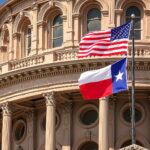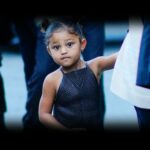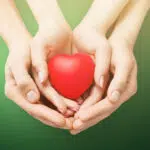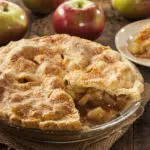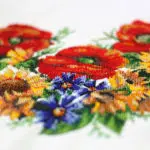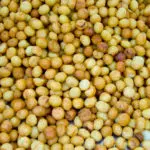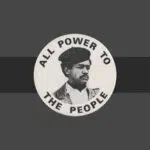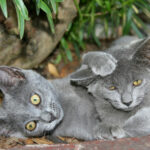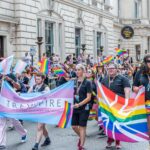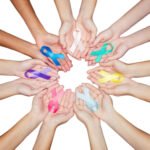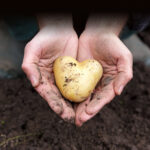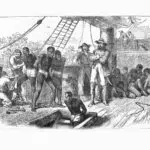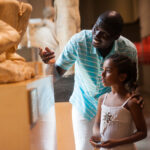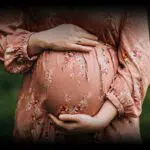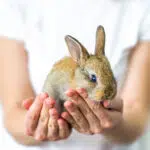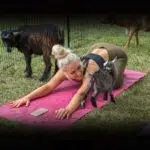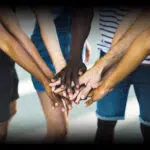World Hijab Day is celebrated annually on February 1st to acknowledge and celebrate Muslim women who choose to wear the hijab. It is also an opportunity for women from all backgrounds and beliefs to experience wearing the hijab. The hijab is worn by Muslim women as a symbol of modesty and as a means of protection against harassment.
History of World Hijab Day
The hijab is a head and chest veil worn by Muslim women, typically in the presence of men who are not members of their immediate family. The word ‘hijab’ means ‘partition’ or ‘curtain,’ despite its appearance as a headscarf. Hijabs come in a variety of colors and styles, and many women enjoy wearing them. Although wearing a hijab is only required in the company of non-family men, many Muslim women choose to wear a hijab as a means of cultural solidarity or as a religious requirement. World Hijab Day was first established by Nazma Khan, a Muslim woman from New York City on February 1, 2013. Her goal was to promote religious understanding and tolerance by allowing all women to try wearing the hijab for a day. Khan experienced prejudice as a child when she wore her headscarf to school, particularly after the 9/11 attacks, and she wanted to put an end to this form of discrimination. Today, World Hijab Day is celebrated in 190 countries around the world. In 2017, New York State officially recognized World Hijab Day and in 2021, the Philippines’ House of Representatives designated February 1 as National Hijab Day to foster better understanding and acceptance of the Islamic tradition.
World Hijab Day timeline
The traditional dress of many Muslim countries is still seen today, however some nations have adopted more modern forms of clothing, such as those of the Western world. In these countries, people often wear a combination of traditional and Western clothing, a style known as ‘fusion wear’. This blending of styles has resulted in a unique visual expression that reflects the diverse cultural influences at work in the region. In some cases, traditional dress is more commonly worn in formal settings, while more casual Western styles are donned in more informal settings. This is especially true in countries such as Turkey, Morocco and India, where the mix of cultures has resulted in a unique fashion sense that blends the traditional with the modern.
Rather than wearing western clothing, individuals who adhere to more conservative traditional values opt for clothing such as the hijab, abaya, niqab, and jilbab. The hijab is a headscarf that covers the hair, ears, and neck. The abaya is a loose-fitting, full-length cloak typically worn by women in the Middle East. The niqab is a face veil that covers the entire face except for the eyes. The jilbab is a long outer garment that covers the whole body, including the head and face. These items of clothing are often seen as a way to express modesty, piety, and religious devotion.
Nazma Khan instigated the inaugural festivities of Hijab Day. This event was created to recognize and celebrate the traditional head covering worn by many Muslim women as a sign of their faith and identity. Hijab Day was created to promote inclusivity and respect for those who choose to wear a hijab, and to create a platform for open dialogue about the garment, its symbolism, and its importance to those who choose to wear it. The event also aimed to empower Muslim women and recognize the diversity of their experiences.
World Hijab Day is an international event held annually in New York City to recognize and celebrate the right of women to wear the hijab, or Islamic head covering, in public. This day serves to promote religious freedom and understanding and to foster dialogue among people of different faiths and cultures. The event includes a range of activities and educational sessions that aim to raise awareness of the hijab and to support and empower women who choose to wear it. World Hijab Day brings together people of different backgrounds and beliefs to promote acceptance and understanding of the hijab. The event also seeks to combat Islamophobia and to create a more tolerant society.
The House of Representatives of the Philippines acknowledges February 1 as World Hijab Day, a day intended to celebrate the Islamic headscarf worn by Muslim women around the world. The resolution recognizes the hijab as an expression of religious freedom and cultural diversity, and serves to recognize and honor the service of Muslim women in their communities. Furthermore, it seeks to raise awareness of the challenges faced by those wearing the hijab and to promote acceptance and understanding of the Islamic faith.
World Hijab Day FAQs
Is the hijab a must in Islam?
Some modern Muslim scholars argue that wearing the hijab is a mandatory requirement of Islamic law, despite the argument that it is a personal choice.
Do all hijabs look the same?
Hijabs come in a wide range of patterns, materials, colors, and styles.
What is a burka?
A burka is the most conservative Islamic garment, it covers the entire face and body. Burka wearers have their faces completely covered and their eyes are visible through a mesh cloth. The mesh cloth allows the wearer to see, but it also conceals the eyes.
How to Observe World Hijab Day
-
Learn about why the hijab is worn
The practice of wearing a hijab is deeply rooted in religious beliefs. Take the opportunity to learn more about its significance today.
-
Learn more about Islam
World Hijab Day is not only an opportunity to acknowledge and celebrate Muslim women who choose to wear the hijab, but also a chance to gain a deeper understanding of Islam and its customs. In addition to the hijab, there are other types of coverings worn by Muslim women such as the chador, a full-body cloak worn by Iranian women, the shayla, a long scarf worn around the head and shoulders, the burka, a full-body veil covering the face and body, the khimar, a headscarf worn over the head and neck, and the niqab, a face veil that leaves only the eyes visible. Each of these garments has its own cultural and historical significance and can offer a deeper understanding of the Muslim community.
-
Post on social media
Post the facts you have discovered about World Hijab Day on your social media accounts and use the hashtag #WorldHijabDay to demonstrate your backing.
5 Facts About Hijabs That Will Blow Your Mind
-
Hard to please
Women who wear hijabs often find it challenging to shop for new clothing as they need to find a coordinating hijab for each outfit.
-
Infinite
There are numerous ways to style a hijab, more than the number of teams in professional sports.
-
Modesty is key
The term "Hijab" in Arabic refers to ‘covering’ and is generally associated with modesty.
-
Beyond the physical
The hijab is not just a physical accessory, it also symbolizes commitment and devotion to the principles of Islam.
-
To hijab or not to hijab
In countries such as Iran and Saudi Arabia, wearing the hijab is mandatory, but in most other places, it is a personal choice.
Why World Hijab Day is Important
-
Raising awareness about crucial issues
World Hijab Day aims to create awareness on issues affecting Muslim women all over the world. It World Hijab Day seeks to create awareness and to further understanding on the issues affecting Muslim women worldwide, and to highlight the effects of public perception on their daily lives. sheds light on the effects of public perception on their daily lives.
-
Setting the record straight
This celebration is an opportunity to challenge and debunk the misconceptions that many people have about the hijab. It encourages people from all backgrounds and faiths to embrace the hijab as a symbol of self-expression and acceptance, not as a sign of oppression or exclusion.
-
Supporting Muslim women
World Hijab Day is an opportunity for people of all races, religions, and backgrounds to unite in solidarity and express their support for Muslim women and the choices they make in regards to their faith. It is a time to celebrate diversity and demonstrate acceptance of all cultures, beliefs, and religions.
World Hijab Day dates
| Year | Date | Day |
|---|---|---|
| 2023 | February 1 | Wednesday |
| 2024 | February 1 | Thursday |
| 2025 | February 1 | Saturday |
| 2026 | February 1 | Sunday |
| 2027 | February 1 | Monday |




















